Venice
I am cheating a little in this post, since Venice did not come under the possession of the Monarchy during the Great War. Venice lost its independence during the Napoleonic Wars. At the end of these, it came under Austrian rule, which lasted until 1866. In the process of establishing Italian unity, Venice joined the emerging Kingdom of Italy after the Monarchy’s defeat in Königgrätz in 1866. How did the city’s symbol end up on the cap badge of the Great War? One of the main goals of the Piave Offensive in 1918 was the capture of Venice, which is obviously the reason for the inclusion of the Venetian lion.
The lion is a symbol of the Venetian state dating back to historical times. It can still be seen in many places in the city, but also in the areas once ruled by Venice, mainly as a decoration of the public buildings of the time. The Venetian lion holds an open book in its paw with the inscription “Pax tibi, Marce, Evangelista meus” or “Peace be with you, my evangelist Mark!” An angel said these words to Mark in a dream, also predicting that his body would be laid to rest in Venice. Saint Mark eventually died as Bishop of Alexandria. Venice acquired the saint’s remains in the 9th century. According to tradition, the lion was Saint Mark’s animal.
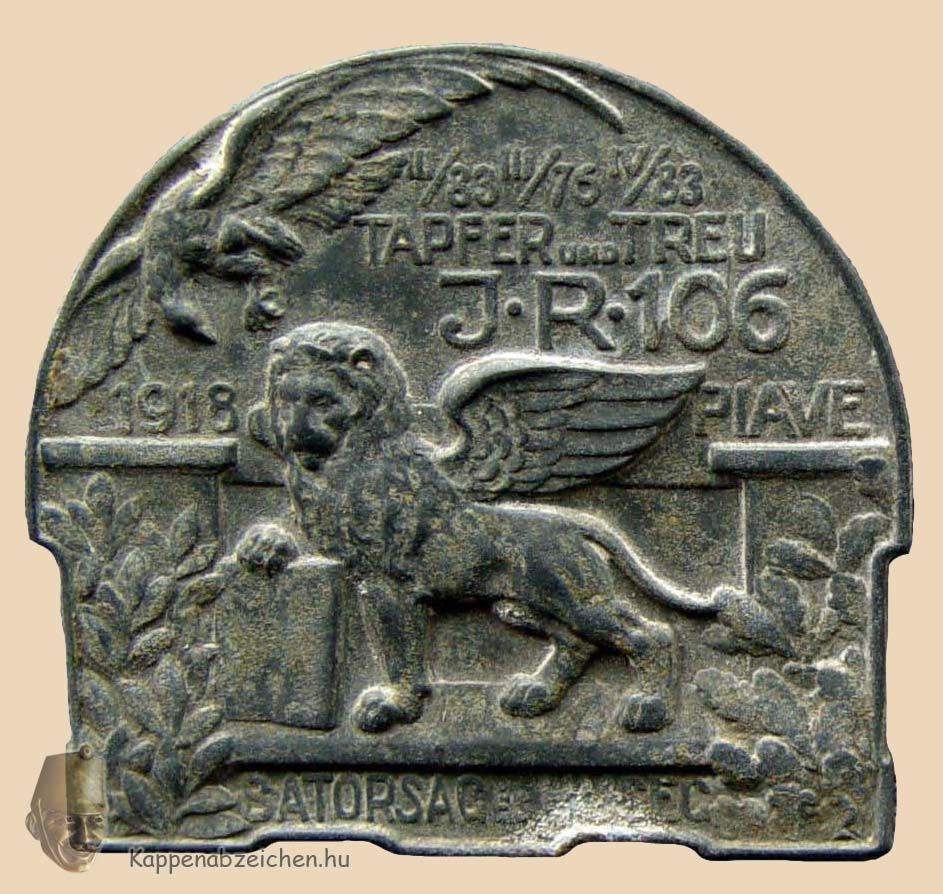
The most beautiful and perhaps the oldest, depiction of the Venetian lion can be seen above the entrance to St. Mark’s Cathedral. The construction of the cathedral began after the corps was brought to the city in the 9th century. It has been continuously built ever since. The main building was consecrated in 1094, its domes were completed in the 1200s. The decorations of the interior of the church were put on in the heyday of the city, the 14th-16th centuries or were brought here as booty of campaigns waged by the city-state.
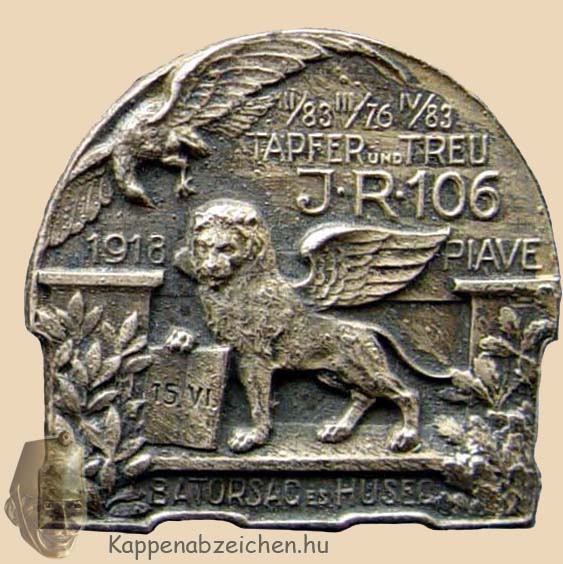
On the smaller insignia of the 106th Infantry Regiment, made in 1918, the pages of the book held by the Venetian lion were not engraved with the motto originating from Saint Mark, but with the date of the start of the 1918 Piave Offensive.

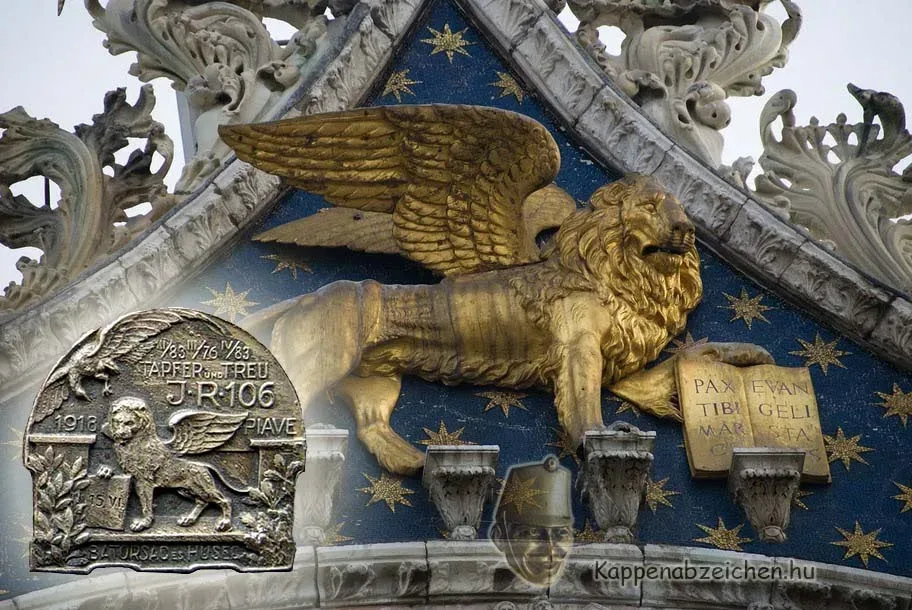
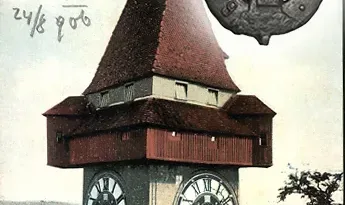
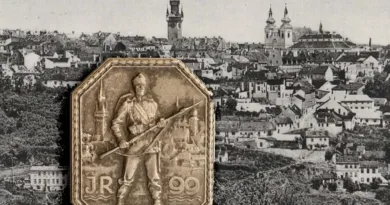
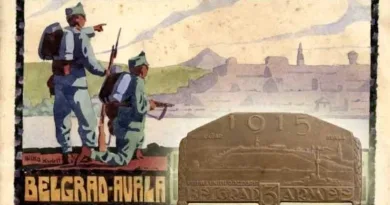
[…] images and names of that front. I have previously shown the badge of the 106th Infantry Regiment here, which has the inscription Piave and the image of the Venetian lion. The badge of the 108th depicts […]